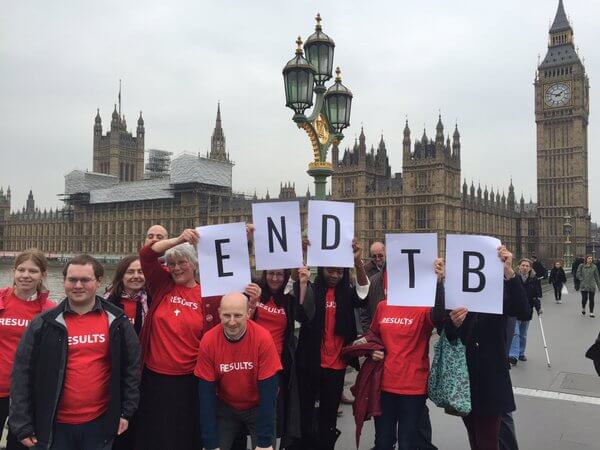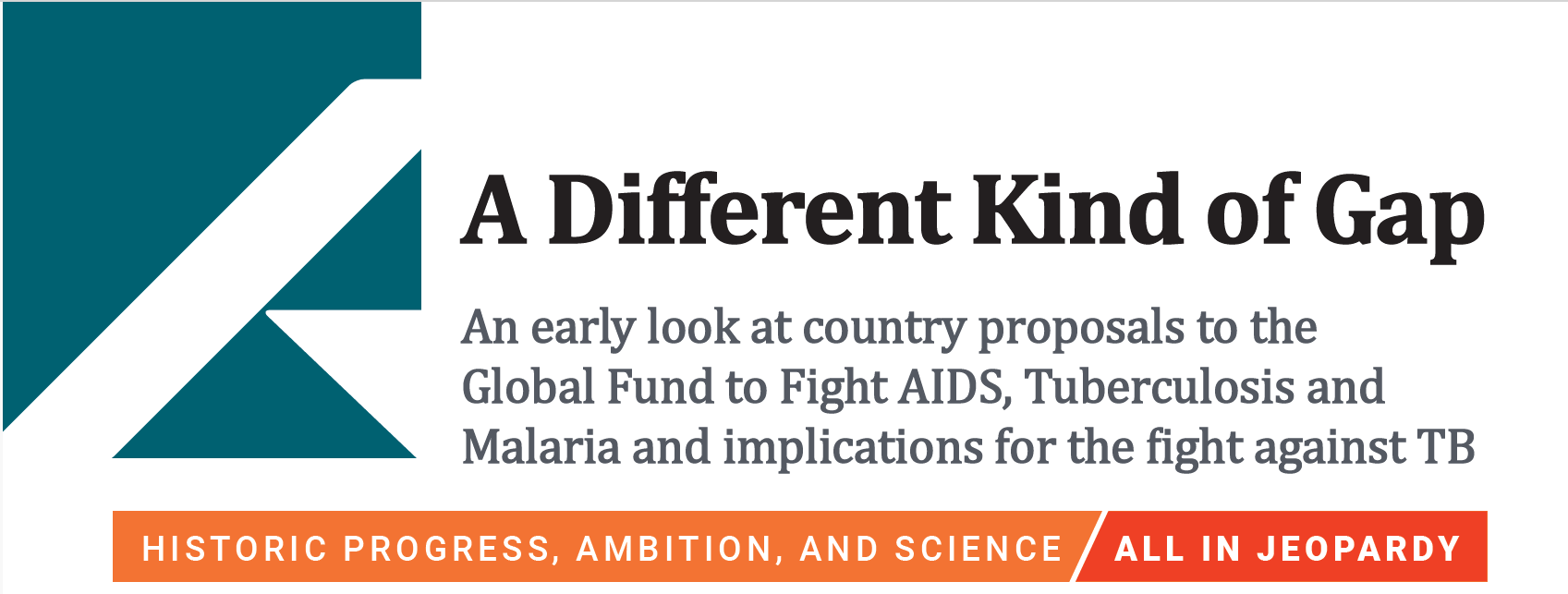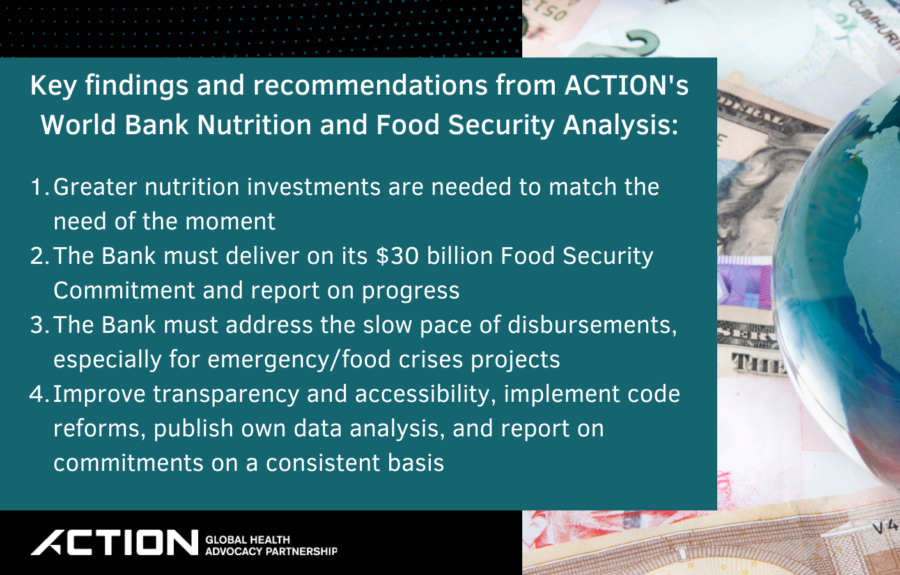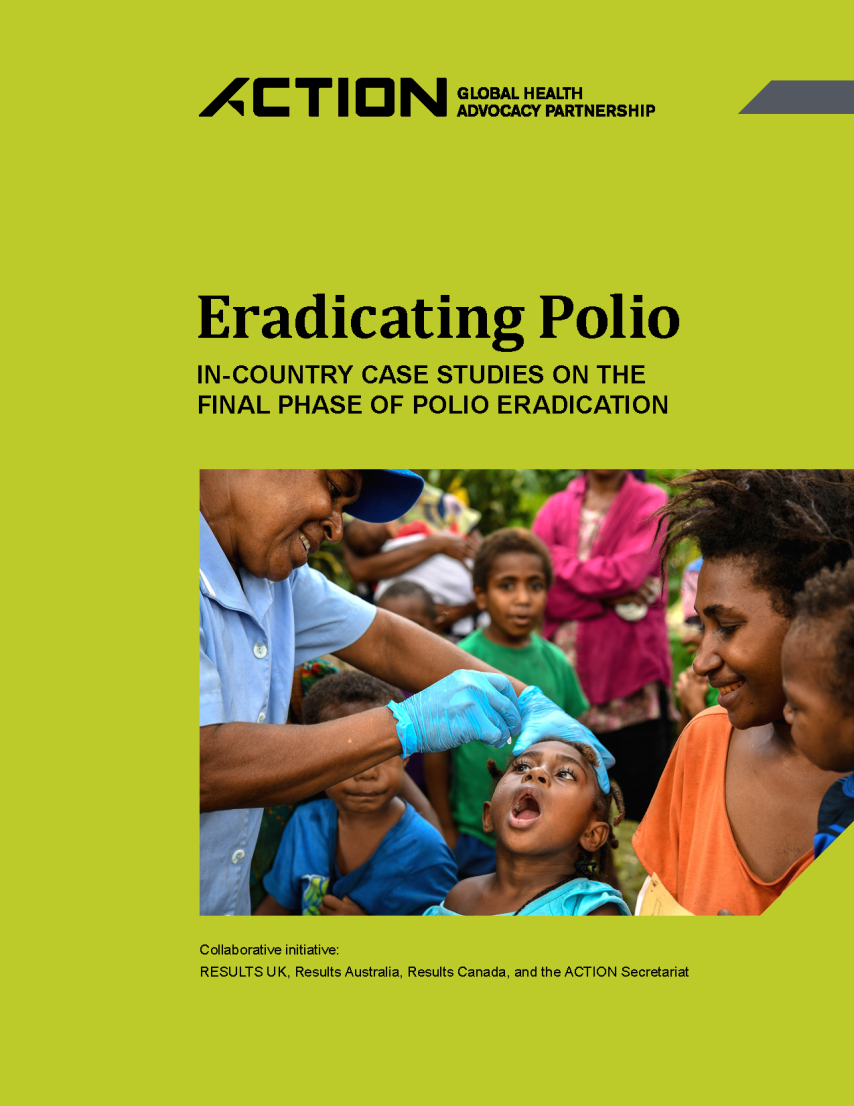In 2017, the World Health Organization (WHO) estimated 10 million people became sick with tuberculosis (TB). When you delve into their Global TB Report, you find that countries reported diagnosing 6.4 million people with TB; this begs the question, What about the remaining 3.6 million people?
It turns out, one in three people with TB are “missing,” meaning they are either undiagnosed or unreported. That is 3.6 million people whose quality of care — if they received care at all — is simply unknown. At the United Nations High-Level Meeting on Tuberculosis in September 2018, heads of state committed to finding and treating all people with TB, including these missing millions, with a goal of diagnosing and treating 40 million people with TB from 2018 to 2022.
In order to meet this goal of diagnosing and treating everyone with TB, it’s important to understand who is being missed with TB services, where the missing people are located, and what actions need to be taken to find and treat all people with TB.
ACTION has published a tool to help advocates get this message across to governments, civil society, affected communities, and the private sector alike. The “Where Are the Missing Millions” TB tool shows at a glance, where a majority of the missing millions live and the percentage of the national TB burden; it also offers a prescription for solving the problem: six action that key stakeholders must take together to find the missing millions.
Who are the missing millions?
Many of the “missing” people belong to vulnerable populations that find it difficult to access healthcare at all, such as migrants, miners, refugees, children, and people living with HIV. Some of the missing people may be receiving treatment for TB in the private sector, but their treatment is not being reported — so it is neither counted nor quality-assured.
Of the missing, 3.2 million live in just 30 countries identified by the WHO to have a high TB burden. These countries are the focus of the new TB accountability tool: Angola, Bangladesh, Brazil, Cambodia, Central African Republic, China, Congo, DPR Korea, Democratic Republic of Congo, Ethiopia, India, Indonesia, Kenya, Lesotho, Liberia, Mozambique, Myanmar, Namibia, Nigeria, Pakistan, Papua New Guinea, Philippines, Russian Federation, Sierra Leone, South Africa, Thailand, Tanzania, Vietnam, Zambia, and Zimbabwe.
What can be done to find and treat all people with TB?
To find the missing millions with TB, governments, civil society, affected communities, and the private sector must work together with global donors to take the following actions:
- Train, pay, and support community health workers to find TB. By providing home visits to people who are sick with TB and screening their close contacts, community health workers can improve TB screening, treatment coverage, and access to preventive therapy. Experts call this “active case finding,” and it makes a big difference in the quality and reach of care.
- Engage civil society and affected communities. Affected communities, non-governmental organizations, and other members of civil society are extremely effective at raising awareness of TB in communities, delivering health education, and providing a bridge between healthcare providers and hard-to-reach groups.
- Integrate TB screening into people’s first point of healthcare. In areas with high rates of the disease, people should be screened for TB at all primary health settings (i.e., the clinics and health workers from whom people seek care first) and TB services should be integrated with maternal and child health, nutrition, and HIV programs so that they are easier for people to access.
- Invest in appropriate tools and diagnostics. All countries should invest in the latest TB diagnostic technology, GeneXpert, as well as tests that are able to detect TB in vulnerable groups, such as chest x-rays for children and LAM urine tests for people living with HIV.
- Increase funding for national TB programs. Policies cannot be effectively implemented without funding. There is currently a US$6.1 billion annual financing shortfall for TB programs globally. Governments (through domestic spending and foreign assistance), philanthropists, and the private sector each has a role in filling this gap.
- Harness the reach of the private sector. Better connections between the public and private sectors could dramatically improve the diagnosis and treatment of TB. Governments and civil society should work with private providers to improve quality of care and look for ways to incentivize private healthcare providers to report to national TB programs.






